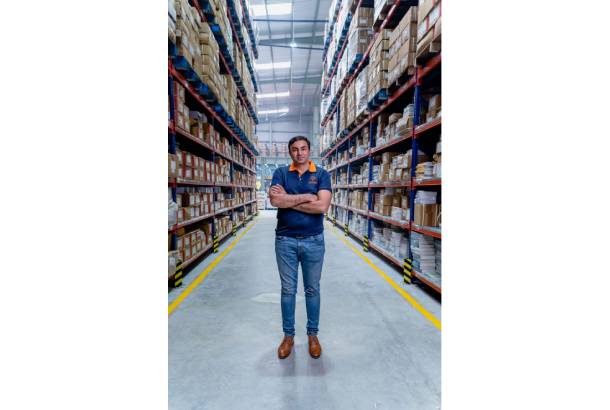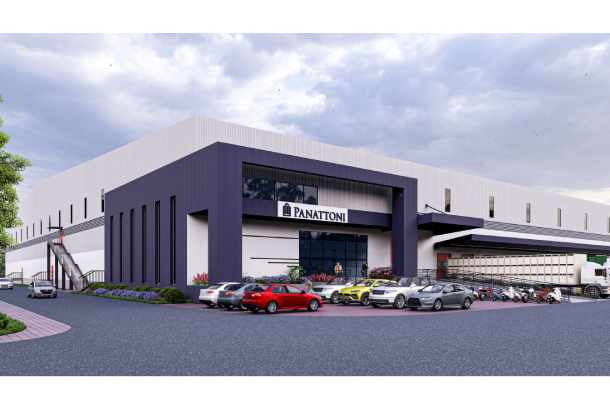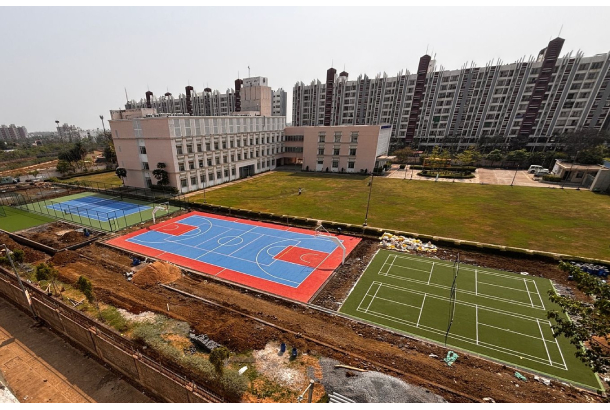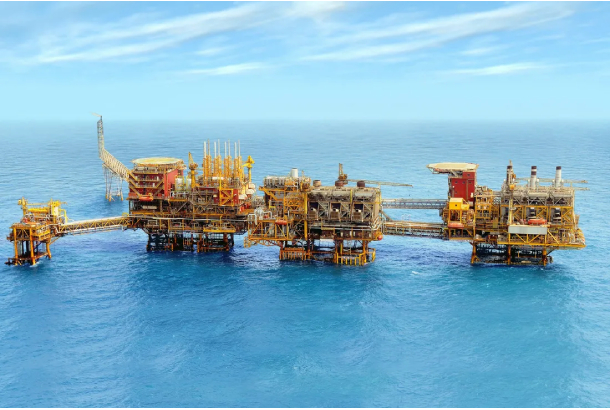What is the need for Waste Heat Recovery System in industries? How does it function?
In today’s scenario, industries need to optimize the operational cost and increase productivity by keeping sustainability in mind. To achieve the same, industries must improve the energy efficiency of their processes. Waste Heat Recovery systems (WHRS) play a critical role in industrial settings where we have multiple processes in which one of the byproducts is heat. To implement the WHRS, we need to identify waste heat source; process in which the recovered heat can be reused; and heat transfer media through which the heat recovered can be transferred to the usage point. These systems function by capturing waste heat from various sources (compressors, furnaces, boiler, exhaust gases, and hot process fluids), transferring it to a heat transfer media, and then efficiently utilizing it for various industrial purposes requiring hot fluids. WHRS allows industries to capture and reuse this wasted heat, thereby reducing their reliance on additional energy sources and cutting energy costs significantly.
How much cost savings and RoIs can be achieved through the implementation of WHRS in industrial applications?
The cost savings and return on investment (RoI) achieved through the implementation of WHRS in industrial applications vary depending on various factors. These factors include the specific industry sector, the scale of operations, available waste heat sources, the efficiency of the WHRS, and the local energy costs. The extent of cost savings largely depends on the energy consumption of the industrial process. Industries such as steel, cement, automobile, and FMCG with high energy demand and significant waste heat generation, can potentially realize substantial savings. A well-designed and properly implemented WHRS system can recover up to 40 to 60% of the waste heat available, often driving an attractive RoI ranging from 18 to 30 months. However, it's crucial to conduct a thorough analysis and consider all relevant factors before making an investment decision.
What environmental benefits can be achieved through Waste Heat Recovery in industries?
Waste Heat Recovery (WHR) significantly contributes to improved energy efficiency in industrial processes by addressing a crucial issue – the wastage of thermal energy that occurs as a natural byproduct of many industrial operations. This wasted heat, which can be in the form of hot gases, liquids, or solids, often dissipates into the environment, leading to inefficient energy use. WHR system aims to capture this heat before it escapes and then put it to productive use. Following the installation of the Godrej Waste Heat Recovery System, a prominent global beverage manufacturer achieved remarkable energy savings of 1,700 kilowatt-hours (kWh)/day. Since the system's installation, the cumulative energy recovered has amounted to an impressive 370 megawatt-hours (MWh) in a duration of 7 months.
WHR contributes significantly to environmental sustainability. The primary environmental benefit lies in the reduction of greenhouse gas emissions. By using recovered waste heat to displace the need for additional energy sources, industrial facilities can decrease their reliance on fossil fuels, which are major contributors to carbon dioxide emissions. For the above-mentioned FMCG case implementing WHRS, an annual CO2 reduction of 465 tons is envisaged. This reduction in emissions aligns with global efforts to combat climate change and meet sustainability goals. Furthermore, WHR helps reduce the environmental footprint of industries by decreasing other pollutants associated with energy production and consumption, such as nitrogen oxides (NOx) and sulfur dioxide (SO2). By optimizing energy use, WHR contributes to cleaner and more environmentally friendly industrial operations.
What technological innovations were utilized by Godrej in the development of WHRS?
As the applications for WHRS are limited in industry, the most crucial aspect is correctly identifying the source and its application for a comprehensive end-to-end solution. We have the core competency to offer the most suitable and economical end-to-end solutions for WHRS. The choice of product technology and innovation varies depending on the source and applications available in the plants. Godrej supplied WHRS is equipped with important safety measures and IoT monitoring to analyze and fine-tune the performance of WHRS against the benchmark set.
What challenges are typically faced during the implementation of WHRS in industrial applications?
The challenges can vary depending on the specific industry, the complexity of the processes, and the scale of the installation. One of the major challenges is regarding awareness present in the industry on WHRS being used as an efficient alternative for heating applications. Presently, the major focus of utility people is on using primary energy sources in their processes. Also, the initial capital investment required for implementing WHRS can be a hurdle, particularly for smaller companies. Technical integration can be complex, demanding modifications to existing infrastructure and ensuring compatibility between WHRS components and the current systems. Achieving a high heat recovery rate, essential for WHRS effectiveness, can also be challenging due to variations in heat source characteristics.
How does waste heat recovery align with the government’s energy efficiency and sustainable development goals?
WHR technologies help industries improve energy efficiency by capturing and utilizing waste heat, which is in line with the National Mission for Enhanced Energy Efficiency (NMEEE). This not only conserves energy resources but also reduces greenhouse gas emissions, contributing to India's climate change mitigation efforts of being Net Zero. WHR leads to cost savings for industries, enhancing competitiveness and supporting economic growth, while also contributing to India's energy security objectives.
Are there other companies in India already implementing this innovation, and what are the strategies they use to convert waste heat into a valuable resource?
In India, the industrial landscape is witnessing a transformation as companies strive to reduce their reliance on fossil fuels for heating, which currently accounts for 30% of the industry's energy consumption. The imperative for sustainability has prompted a shift towards cleaner and more efficient technologies like electrical heating, heat pumps, and Bio CNG. Recent technological advancements have further empowered these industries to adopt waste heat recovery solutions that harvest untapped energy resources at zero cost, significantly enhancing the overall efficiency of their operations. Initiatives centered around energy productivity, including Net Zero objectives, optimized HVAC systems, compressed air solutions, BLDC fan deployment, and real-time IoT monitoring and control, are now integral to their strategies. Godrej MEP, an SBU of Godrej Electricals & Electronics, is one such business that is committed to providing energy-efficient and eco-friendly HVAC solutions to its customers. By reducing energy consumption and carbon emissions, we help our customers drive sustainability and contribute to a cleaner and greener environment.
What is the future potential and outlook of WHRS in India?
India's industrial sector is grappling with rising energy costs. As energy expenses continue to increase, businesses are increasingly prioritizing energy efficiency to reduce operational expenses and maintain competitiveness. WHRS offers a practical solution to achieve these goals, making it an attractive option for a wide range of industries. As environmental concerns and the need to address climate change continue to grow, there is a heightened focus on reducing greenhouse gas emissions. WHRS plays a vital role in this context by not only improving energy efficiency but also helping companies lower their carbon footprint. This aligns with both national and global sustainability objectives.



























Follow